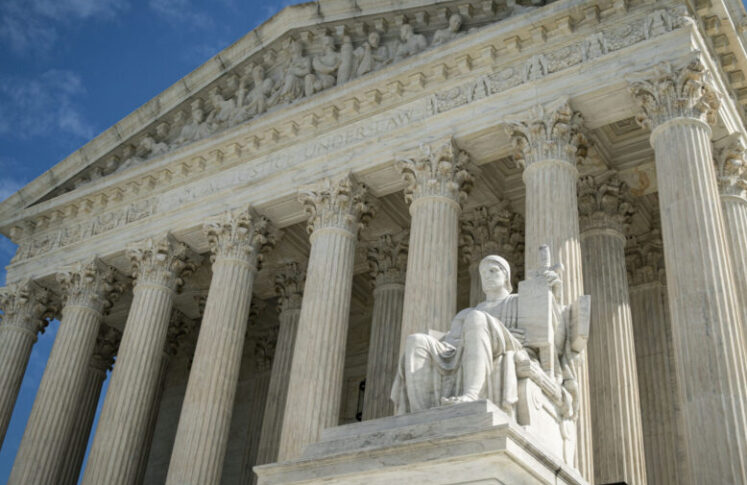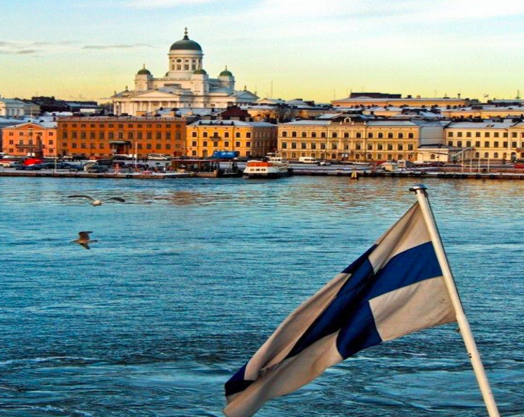Tourism Slips, Revenue Climbs
Nevada posted another month of strong gaming revenue in October even as Las Vegas continued to struggle with weakening visitation — a disconnect that has become a defining feature of the market’s post-pandemic trajectory. The Nevada Gaming Control Board reported that statewide gross gaming revenue (GGR) reached $1.35 billion for the month, up 5% year-over-year. The Las Vegas Strip led the gains with $748 million in GGR, an 8% YoY increase that erased September’s decline. Through four months of the fiscal year, the Strip remains up 3.3% compared with the same period last year, positioning the market for its fourth year-over-year growth period in the past five fiscal years.
But the revenue strength once again masked another month of soft tourism metrics. The Las Vegas Convention and Visitors Authority (LVCVA) said citywide visitation fell 4.4% to 3.4 million in October, extending a streak of 13 consecutive months without visitation growth above 1%. Hotel trends showed similar weakness: Strip occupancy dropped 2%, average daily room rates fell 5.5%, and revenue per available room declined 7%. Convention attendance provided a partial offset, increasing 8% to 603,600. Even so, the figure fell short of the same month in both 2023 and 2022, despite the presence of the Global Gaming Expo, one of the industry’s key annual events.
Baccarat props up Strip performance
Table games consultant Bill Zender said the volatility stems not from the gameplay but from the scale of wagers placed by high-end gamblers. “Baccarat is not really a volatile game,” Zender said. “What makes it volatile is the amount of money wagered on it. … For the bigger players, they have to be going in excess of $100,000 max bet in some of the bigger clubs.”
October’s strong table game performance compensated for a 2.3% decline in slot revenue, which is unusual for the Strip and further illustrates its reliance on high-roller segments.
Baccarat is not really a volatile game. What makes it volatile is the amount of money wagered on it.
The Future & New Outcomes
The timing of the month’s decline in visitation set the stage for heightened expectations around the third annual Las Vegas Grand Prix, held this past weekend. The Formula One event, won again by Red Bull’s Max Verstappen, has become a key tourism driver during what was historically a slow period on the calendar.
Gaming and tourism officials were hoping the race would reverse the downward trend after the event’s economic impact fell sharply from its debut. The inaugural race generated an estimated $1.5 billion in impact, while last year produced just under $1 billion, a drop attributed partly to the absence of one-time infrastructure spending by F1 parent Liberty Media. MGM Resorts CEO Bill Hornbuckle emphasized the value of the event for high-end visitors and corporate clients, despite the prolonged construction and roadwork that have frustrated residents.
“It may seem for three days that it’s kind of crazy, and it is, but it is all worth it,” Hornbuckle said. “For our high-end guests and our high-end corporate partners, it pays off.” As Las Vegas heads into the travel-heavy Thanksgiving week, the October data underscores a recurring pattern: rising revenue fueled by fewer but higher-spending visitors. Whether marquee events like F1 can meaningfully change the tourism trajectory remains the key question for Nevada heading into the winter season.
The Hottest USA Casinos 2025












